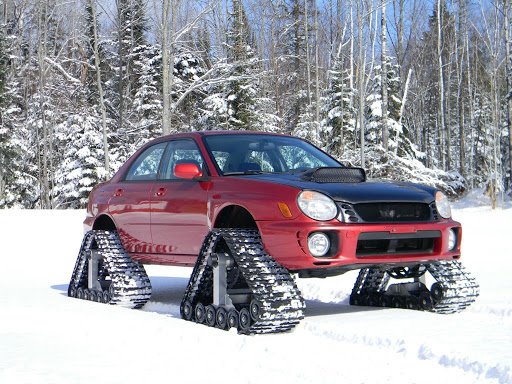I would never assume that a tire is round. That really doesn't happen i real life. Close, yes, but not round.
On the contrary. I tried to explain that the tire's physical shape and its internals are two separate things.
In theory you can have a perfectly round (visually) tire that doesn't balance worth a damn on a Road Force balancer. That's because of the variations in the "spring rates" in the sidewalls.
In a way you're completely agreeing with me when writing "The force from the road that is applied to the tire is separate and independent from the centrifugal force cause by the rotation of the tire and the fact that the mass of the tire is significantly dislocated from the hub."
The force from the road varies due to the sidewalls, and the discrepancies in mass placement are two separate things. Both can be balanced out, especially if the rims aren't perfect.
Yeah, I'm definitely not questioning your experience, I'm just clearing up the technicalities.
The assumption of the tire being round is valid, as that has to be the point of reference to correct non-round tires to. "Round" would assume completely uniform all around, not just shape but also in density.
How awesome would it be to throw a tire on without any weights and have a perfect balance? Probably possible, obviously not cost effective from a manufacturing point of view.
The machine just tells us how far from that point of perfection a tire is. A basic balancer would tell you, without any external forces applied (i.e. the road), where the imperfections lie and how to correct them.
The road force machine applies a simulated force, from the road, to the tire. Now, it tells where the imperfections are in the tire in a more realistic application.
You cannot "balance out" the force from the road. It is a completely seperate force. You have zero control over that, other than the tires you choose (size, compound, etc.) and the pressure you inflate them to.
1


